A Celebration of the Humble Pinecone: Unveiling the Quirky Fun of Tannzapfenfest
Festivals come in all shapes and sizes, celebrating everything from food and music to history and culture. But have you ever heard of a festival dedicated to the pinecone?
In the charming town of Isny im Allgäu, nestled in the Bavarian Alps of Germany, lies a unique tradition – the Tannzapfenfest, or Pinecone Festival.
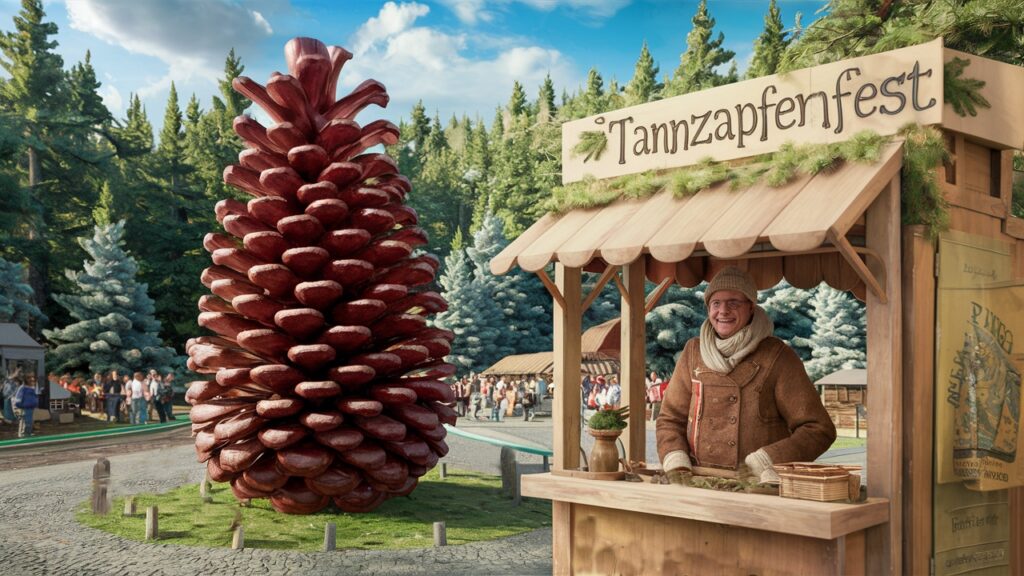
This build-up to this quirky pine cone celebration, begins in late January with the hunting and gathering thousands of pinecones that are needed to make this event happen, but the actual celebration is held annually in the month of February and is a testament to the ingenuity and lighthearted spirit of the region.
This article delves into the history and festivities of Tannzapfenfest, explores the surprising versatility of the pinecone, and even offers tips for incorporating this unique theme into celebrations in the US, pinecones and all!
Tannzapfenfest: A Celebration Rooted in Tradition
The exact origins of Tannzapfenfest remain shrouded in a bit of mystery. Some believe it originated from a practical need. Foresters, who collected pinecones for replanting purposes, might have held a festival to mark the end of the collection season. Another theory suggests it stemmed from a playful competition between villages, each vying to collect the most pinecones.
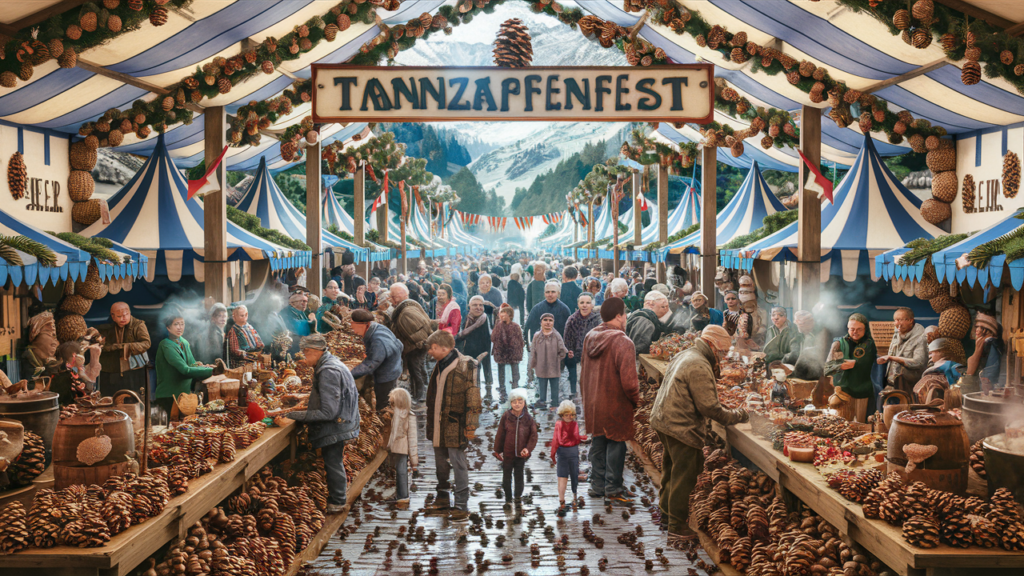
Regardless of its exact origin, Tannzapfenfest has become a beloved tradition in Isny im Allgäu. The festival takes place over several days in February, with the exact dates varying from year to year.
A Festival Fit for a King (or Queen) of Cones
Tannzapfenfest is a vibrant celebration that offers something for everyone.
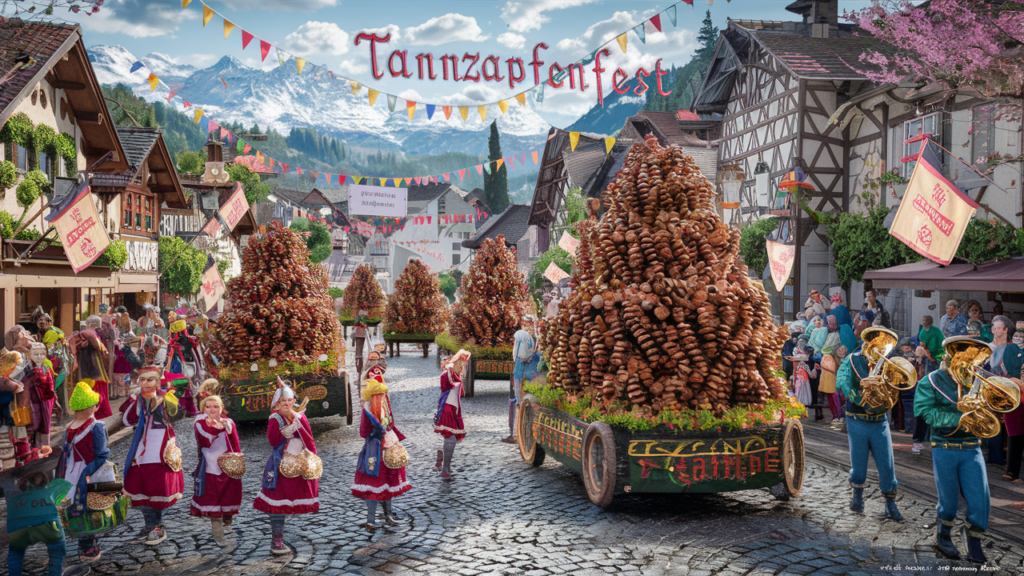
- The Grand Pinecone Parade: The highlight of the festival is undoubtedly the parade. Imagine a spectacle of floats adorned with thousands of pinecones, marching bands playing lively tunes, and people dressed in colorful costumes, all celebrating the humble cone.
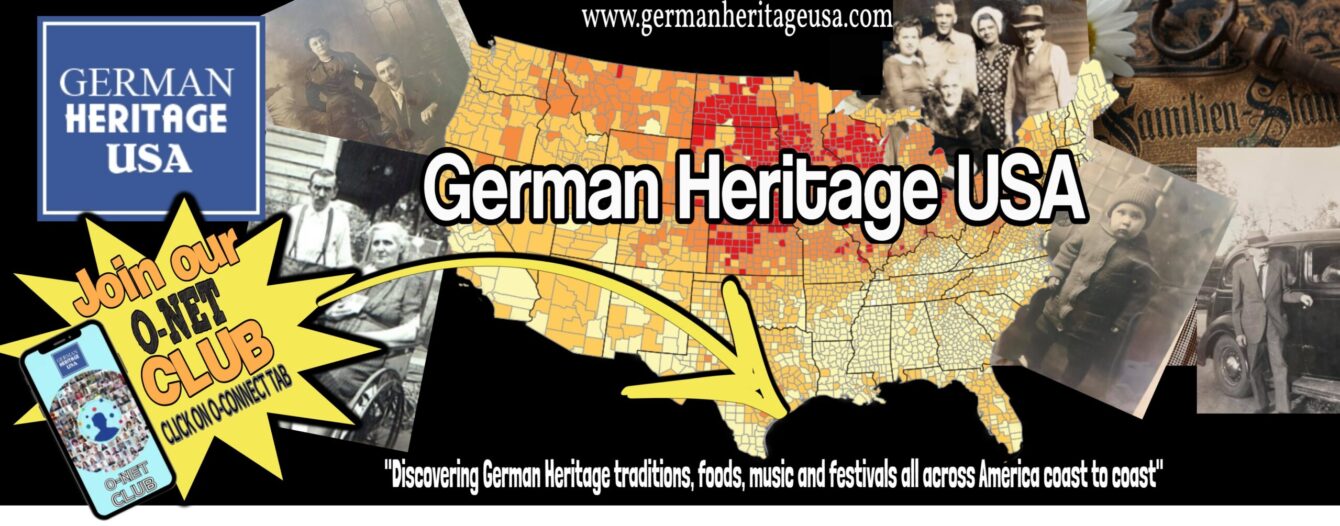
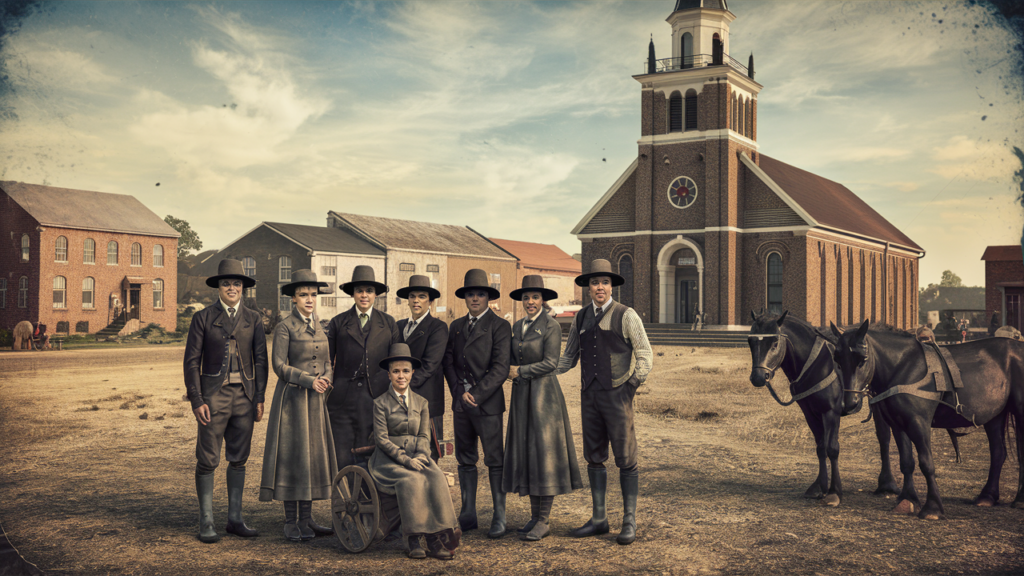
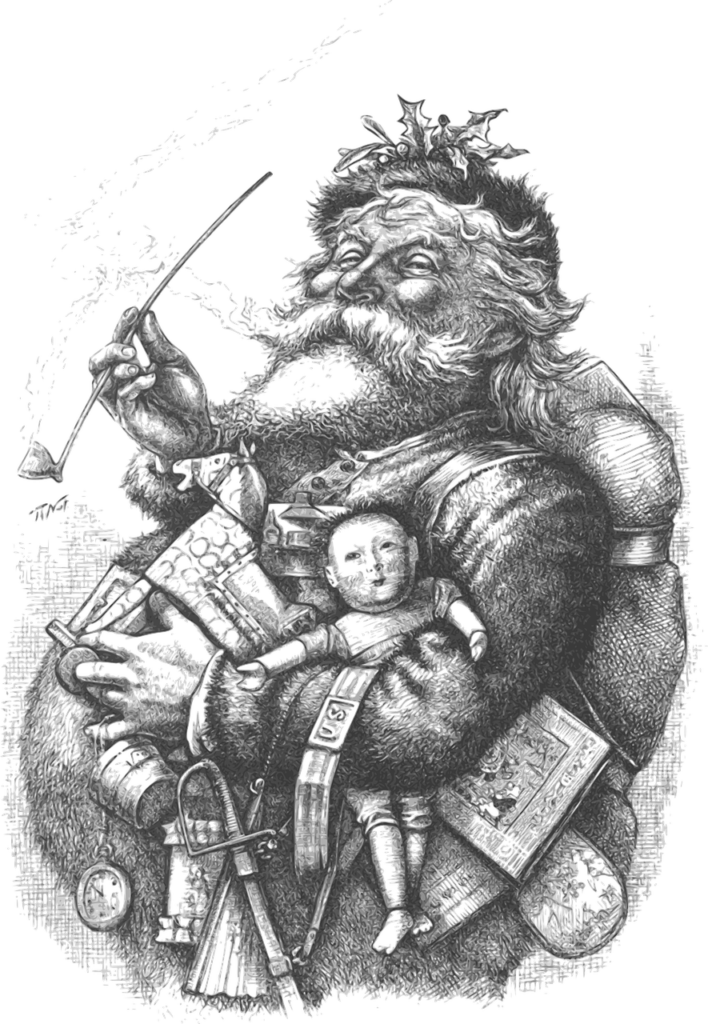
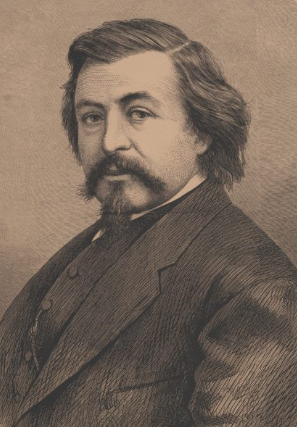
 On the occasion of PEN World Voices and a US tour featuring discussions and readings from The Hunger Angel (Metropolitan Books), the new translation by Philip Boehm of her 2009 novel, Atemschaukel, Romanian-born, German-language author Herta Müller makes her first visit to the United States in a decade…
On the occasion of PEN World Voices and a US tour featuring discussions and readings from The Hunger Angel (Metropolitan Books), the new translation by Philip Boehm of her 2009 novel, Atemschaukel, Romanian-born, German-language author Herta Müller makes her first visit to the United States in a decade… The Goethe Institut is very pleased to announce that the Spring 2012 issue of New Books in German is now available online.
The Goethe Institut is very pleased to announce that the Spring 2012 issue of New Books in German is now available online.